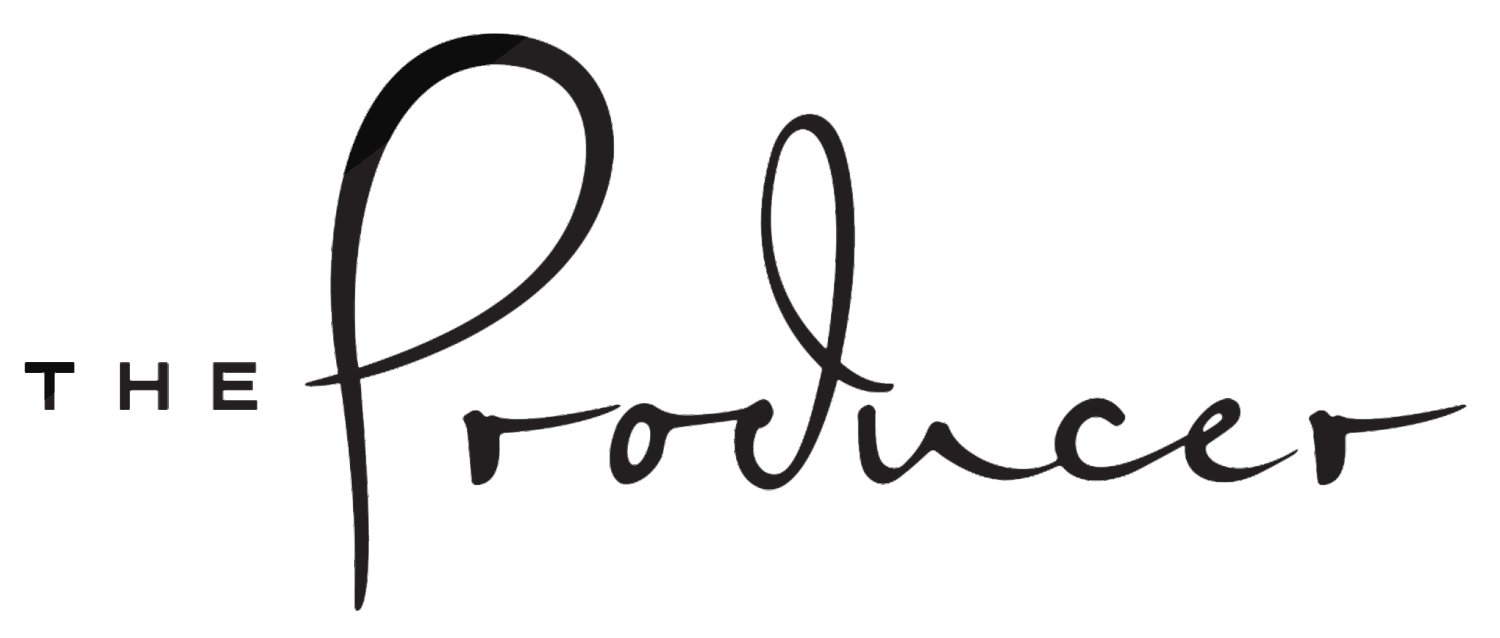The Cape Town Water Crisis & History of Day Zero
/How is it possible that such a prosperous metropolis - the vital economic, tourism, and cultural hub of South Africa, responsible for 9.9% of South Africa’s GDP—was about to run out of water? How did Day Zero come to be?
The Theewaterskloof dam was so low that it threatened to force Cape Town to turn off most of its taps (AP)
1. A Severe Drought
Cape Town’s climate is seasonal. Seventy percent of the city’s rainfall occurs in just the few months of late May to October. Rainfall has been considerably lower in recent years. Although drier conditions began as early as 2014, drought officially began in the year 2015. Total rainfall during the following years was only 50-75% of normal precipitation.
This 3-year drought is considered to be an unusually rare event - one that occurs so severely perhaps only every 300+ years.
PSA reminders abound in Cape Town, reminding everyone to do their part to preserve the water supply.
2. Cape Town’s Water Supply System
A severe drought does not necessarily mean an immediate water shortage for citizens, but in this instance it did. Why? Cape Town’s water supply system is based almost exclusively on surface water reservoirs.
In Cape Town, there are 14 reservoirs, with the “Big Six” containing about 99% of the water supply. These reservoirs collect water from mountain catchments, where the waterfall is highest. Their combined storage volume of one billion cubic meters of water has typically been enough to cover 1.5 years of water usage. But obviously, a once-in-300-years drought spelled serious trouble for the water supply.
3. A Record Drought & Poor Forecasting Capabilities
PSAs push to remind Cape Town locals and visitors of the looming "Day Zero"
"There are 30,000 private boreholes in suburban gardens across Cape Town. But most of the water isn't drinkable. The super-rich are putting in reverse osmosis filtration systems so they can go off-grid. Most people who have existing boreholes are using the water for things like flushing the toilet and running the washing machine."
- Independent Co, UK
At the end of the not-so-rainy season in 2014, Cape Town’s reservoirs did reach full capacity; however, at the end of 2015 they were at 75% and by the end of 2016 they were at 62 percent. Because there was still enough water to last until the next rainy season in May 2017, this was not an immediate red flag. However, the panic set in after the authorities realized a continued year of drought in 2017 would mean there wouldn’t be enough water to last through to 2018. Water restrictions were put into effect as a result, limiting outdoor water usage.
Unfortunately, due to the region’s climate, South African climate scientists unsuccessfully attempted to assess that season’s outlook. “None of the common, model-based forecasting systems exhibit good forecasting skill in the region, and no consensus of opinion could be reached among experts” according to NASA data. Their advice to the authorities was to prepare for the worst. August 2017 proved to be the driest month and year on record, at which time the reservoirs were only 37% full, and realistically only 27% was truly available. There was not enough water to tide Cape Town over until the next rains.
4. Increased Development & Population
Similar to Southern California, South Africa is arid, but Cape Town's iconic Table Mountain traps onshore breezes coming off warm ocean waters. Under usual circumstances, this creates local rains that power rivers and fill underground aquifers. It is an oasis surrounded by desert with a Mediterranean climate, which has made Cape Town incredibly popular in recent years. Its populations have pushed skyward. This may have brought increasing wealth and prosperity but the development of buildings, pools, water parks, the upkeep of famous wineries and lush gardens, all drain those precious water resources.
5. Political Missteps
The African National Congress is South Africa’s ruling party, however, it is the Democratic Alliance, the opposition party, that runs the city. Each party has some responsibility for maintaining or administering water, and similar to the two opposing Republican and Democrat parties in the US, those interests are often at odds or oppose one another. Both parties also believed this would be a short-term drought. Experts suggest that each made fundamental missteps with poor planning and crisis management.
And so began the Day Zero panic.
(How the media played up this story internationally, and the consequences on the South African production industry and economy overall is worth an additional article.)
Article and photos not marked by other credits by Annika Howe
Follow this link for perspectives on how Cape Town's drought has affected the production industry.
For a photo essay exploring Cape Town's water crisis, please visit this link




